MEMS-Based Integrated Navigation
Contents
Preface
1 Microelectromechanical Systems (MEMS)
1.1 Introduction
1.2 Different Applications of MEMS Devices
1.2.1 Electric Wheelchairs
1.2.2 Personnel Tracking and Navigation
1.2.3 Agriculture
1.2.4 Event Data Recorder
1.2.5 Wildlife and Livestock Tracking
1.2.6 Patient Monitoring
1.2.7 Electronic Stability Control
1.2.8 Supplemental/Secondary Restraint System
1.2.9 Land Vehicle Navigation
1.3 Aided MEMS-Based Inertial Navigation
1.3.1 Aiding Sources in Coordinate Domain
1.3.2 Aiding Sources in Velocity Domain
1.3.3 Aiding Sources in Attitude Domain
References
2 MEMS Inertial Sensors
2.1 Introduction
2.2 Accelerometers
2.2.1 Working Principle for MEMS Accelerometers
2.2.2 Classifications of Accelerometers
2.3 Gyroscopes
2.3.1 Principle of MEMS Gyroscopes
2.3.2 Classification of MEMS Gyroscopes
2.4 MEMS Inertial Sensors for the Most Economical Land Navigation
2.5 Method to Compute Minimum Sensors
2.6 Results and Analysis
2.6.1 Drift Errors Without NHC
2.6.2 Drift Errors with NHC
References
3 MEMS Inertial Sensors Errors
3.1 Introduction
3.2 Systematic Errors
3.2.1 Bias
3.2.2 Input Sensitivity or Scale Factor
3.2.3 Nonorthogonality/�Misalignment Errors
3.2.4 Run-to-Run (Repeatability) Bias/Scale Factor
3.2.5 In Run (Stability) Bias/Scale Factor
3.2.6 Temperature-Dependent Bias/Scale Factor
3.3 Calibration of Systematic Sensor Errors
3.3.1 6-Position Static Test
3.3.2 Angular Rate Test
3.3.3 Thermal Calibration Test
3.4 Random/Stochastic Errors
3.4.1 Examples of Random Processes
3.5 Stochastic Modeling
3.5.1 Autocorrelation Function
3.5.2 Allan Variance Methodology
3.6 Sensors Measurement Models
3.6.1 Accelerometer Measurement Model
3.6.2 Gyroscope Measurement Model
References
4 Initial Alignment ofMEMS Sensors
4.1 Introduction
4.2 Considerations for MEMS Sensor Navigation
4.3 Portable Navigation System
4.4 Economical Considerations
4.4.1 Economically Desirable Configuration
4.4.2 Complete Six DOF IMU—Economically Less Desirable
4.5 Absolute Alignment
4.5.1 Static Alignment for MEMS Sensors
4.5.2 Static Alignment Example
4.6 Velocity Matching Alignment
4.6.1 GPS Derived Heading Example
4.7 Transfer Alignment
References
5 Navigation Equations
5.1 Introduction—Mathematical Relations and Transformations Between Frames
5.1.1 e-Frame to i-Frame
5.1.2 ENU l-Frame to e-Frame
5.1.3 NED l-Frame to e-Frame
5.1.4 b-Frame to ENU l-Frame
5.1.5 b-Frame to NED l-Frame
5.2 Motion Modeling in the l-Frame
5.2.1 ENU Realization
5.2.2 NED Realization
5.3 Solving Mechanization Equations
5.3.1 Classical Method
5.3.2 Half-Interval Method
References
6 Aiding MEMS-Based INS
6.1 Introduction
6.1.1 Loosely Coupled Mode of Integration
6.1.2 Tightly Coupled Mode of Integration
6.2 Introduction to Kalman Filter
6.2.1 Dynamic Model
6.2.2 Measurement Model
6.3 Kalman Filter Algorithm
6.3.1 The Prediction Stage
6.3.2 The Update Stage
6.4 Introduction to Extended Kalman Filter
6.4.1 Linearization
6.4.2 EKF Limitations
References
7 Artificial Neural Networks
7.1 Introduction
7.2 Types of ANNs
7.2.1 Multilayer Perception Neural Network (MLPNN)
7.2.2 Radial Basis Function Neural Network (RBFNN)
7.2.3 Adaptive Neuro Fuzzy Inference System (ANFIS)
7.3 Whole Navigation States Architecture
7.3.1 Example of Position Update Architecture
7.3.2 Example of Position and Velocity Update Architecture
7.4 Navigation Error States Architecture
7.4.1 Architecture for INS/GPS Integration
7.4.2 System Implementation
7.4.3 Combined P – dP and V – dV Architecture for INS/GPS
7.4.4 ANN/KF Augmented Module for INS/GPS Integration
References
8 Particle Filters
8.1 Introduction
8.2 The Monte Carlo Principle
8.3 Importance Sampling Method
8.4 Resampling Methods
8.4.1 Simple Random Resampling
8.4.2 Systematic Resampling (SR)
8.4.3 Stratified Resampling
8.4.4 Residual Resampling
8.5 Basic Particle Filters
8.6 Types of Particle Filters
8.6.1 Extended Particle Filter (EPF) and Unscented Particle Filter (UPF)
8.6.2 Rao-Blackwellized Particle Filter (RBPF)
8.6.3 Likelihood Particle Filter (LPF)
8.6.4 Regularized Particle Filter (RPF)
8.6.5 Gaussian Particle Filter (GPF) and Gaussian Sum Particle Filter
8.7 Hybrid Extended Particle Filter (HEPF)
8.7.1 Zero Velocity Condition Detection Algorithm
8.7.2 Algorithm of the Hybrid Extended Particle Filter
8.7.3 HEPF Results
8.7.4 Partial Sensor Configuration
References
Appendix A Linearization Process for the EKF for Low-Cost Navigation
A.1 System Model for Loosely Coupled Approach
A.1.1 Attitude Errors
A.1.2 Velocity Linearization
A.1.3 Position Linearization
A.1.4 Sensor Errors
A.2 GPS Measurement Model
A.3 System Model for the Tightly Coupled Approach
A.4 The Update Stage
A.5 Pseudorange and Doppler Corrections
References
About the Authors
Index
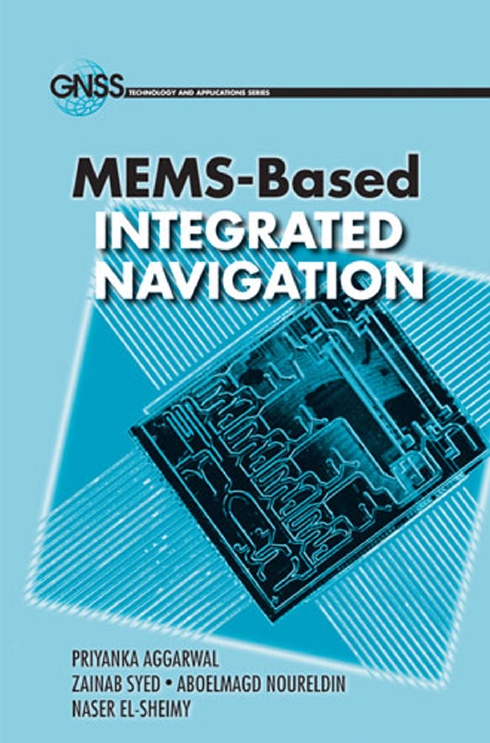
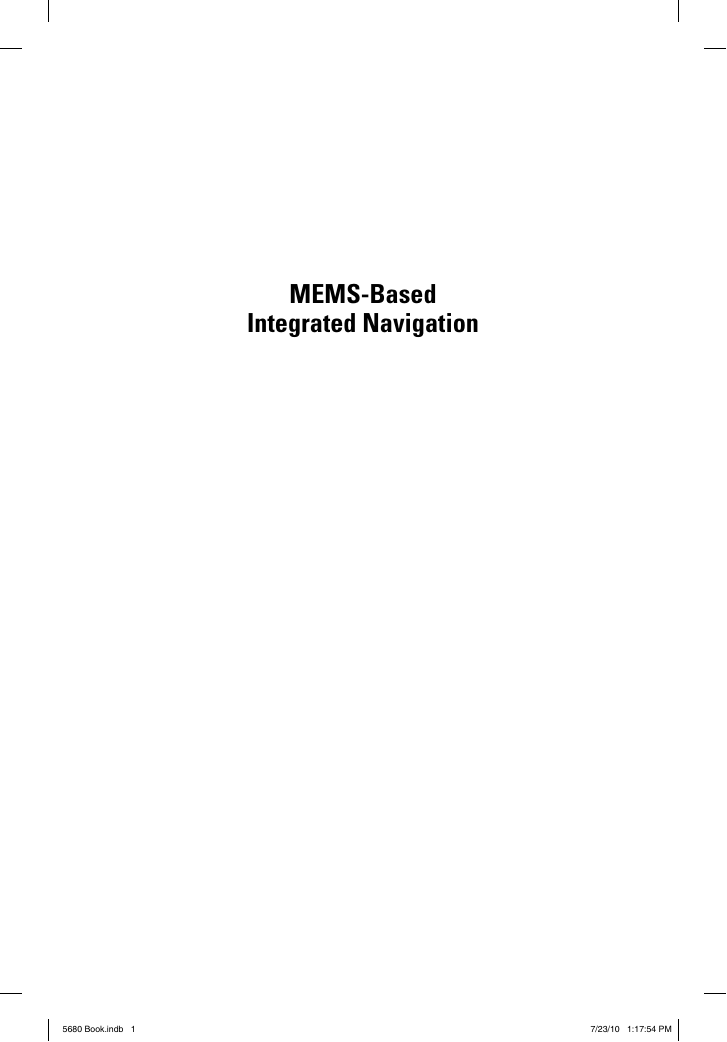

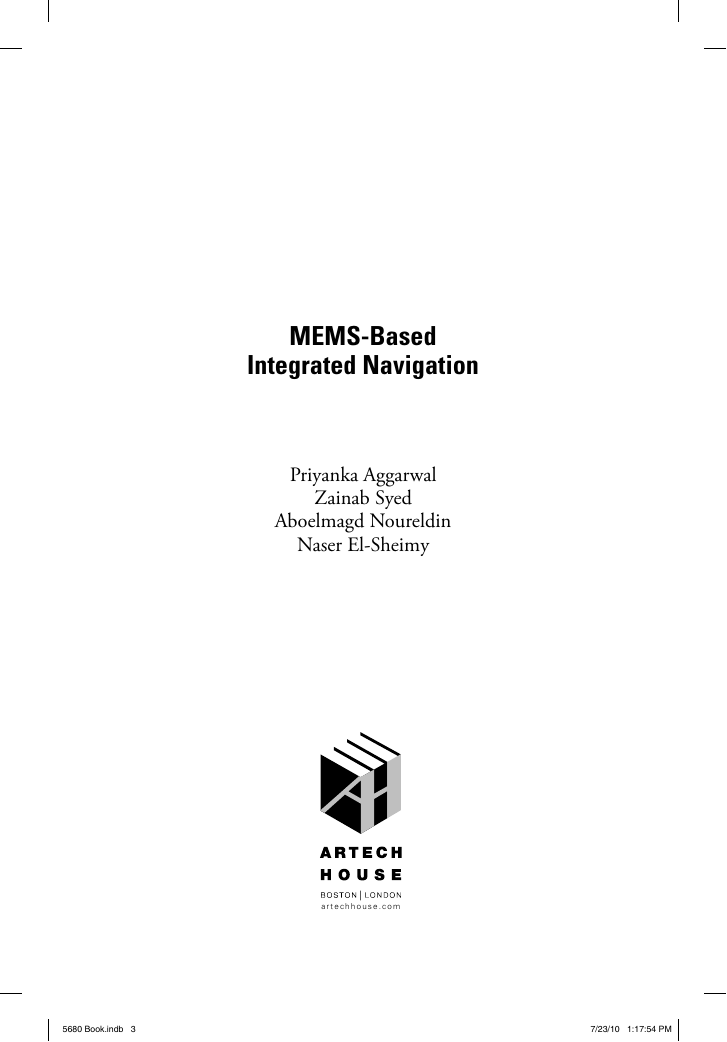
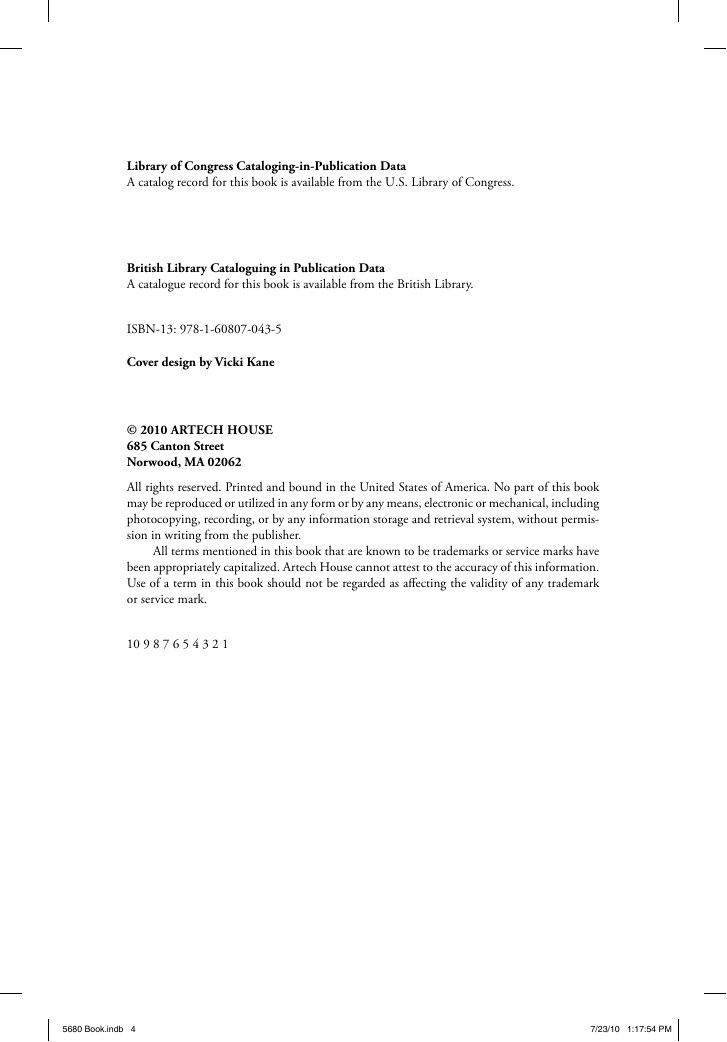
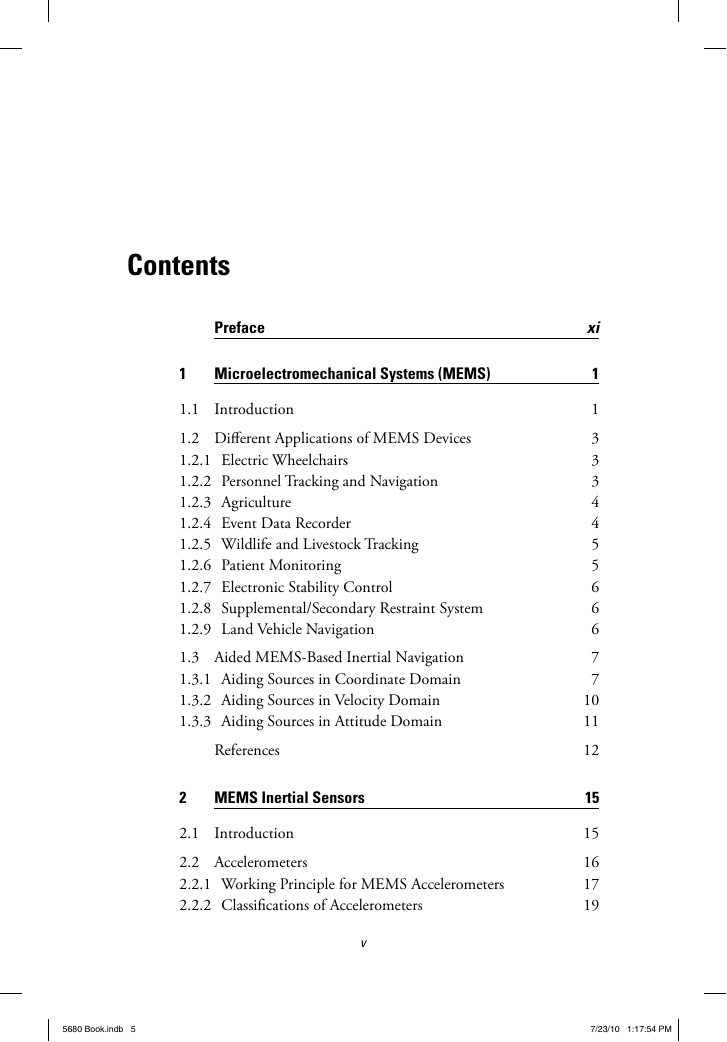

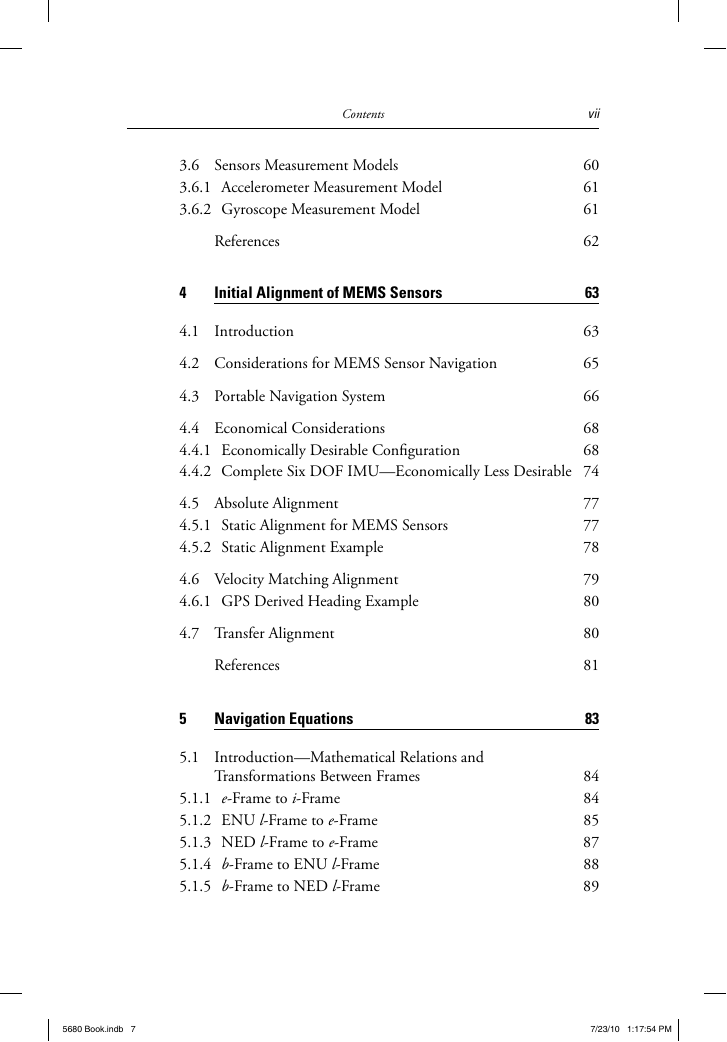








 2023年江西萍乡中考道德与法治真题及答案.doc
2023年江西萍乡中考道德与法治真题及答案.doc 2012年重庆南川中考生物真题及答案.doc
2012年重庆南川中考生物真题及答案.doc 2013年江西师范大学地理学综合及文艺理论基础考研真题.doc
2013年江西师范大学地理学综合及文艺理论基础考研真题.doc 2020年四川甘孜小升初语文真题及答案I卷.doc
2020年四川甘孜小升初语文真题及答案I卷.doc 2020年注册岩土工程师专业基础考试真题及答案.doc
2020年注册岩土工程师专业基础考试真题及答案.doc 2023-2024学年福建省厦门市九年级上学期数学月考试题及答案.doc
2023-2024学年福建省厦门市九年级上学期数学月考试题及答案.doc 2021-2022学年辽宁省沈阳市大东区九年级上学期语文期末试题及答案.doc
2021-2022学年辽宁省沈阳市大东区九年级上学期语文期末试题及答案.doc 2022-2023学年北京东城区初三第一学期物理期末试卷及答案.doc
2022-2023学年北京东城区初三第一学期物理期末试卷及答案.doc 2018上半年江西教师资格初中地理学科知识与教学能力真题及答案.doc
2018上半年江西教师资格初中地理学科知识与教学能力真题及答案.doc 2012年河北国家公务员申论考试真题及答案-省级.doc
2012年河北国家公务员申论考试真题及答案-省级.doc 2020-2021学年江苏省扬州市江都区邵樊片九年级上学期数学第一次质量检测试题及答案.doc
2020-2021学年江苏省扬州市江都区邵樊片九年级上学期数学第一次质量检测试题及答案.doc 2022下半年黑龙江教师资格证中学综合素质真题及答案.doc
2022下半年黑龙江教师资格证中学综合素质真题及答案.doc